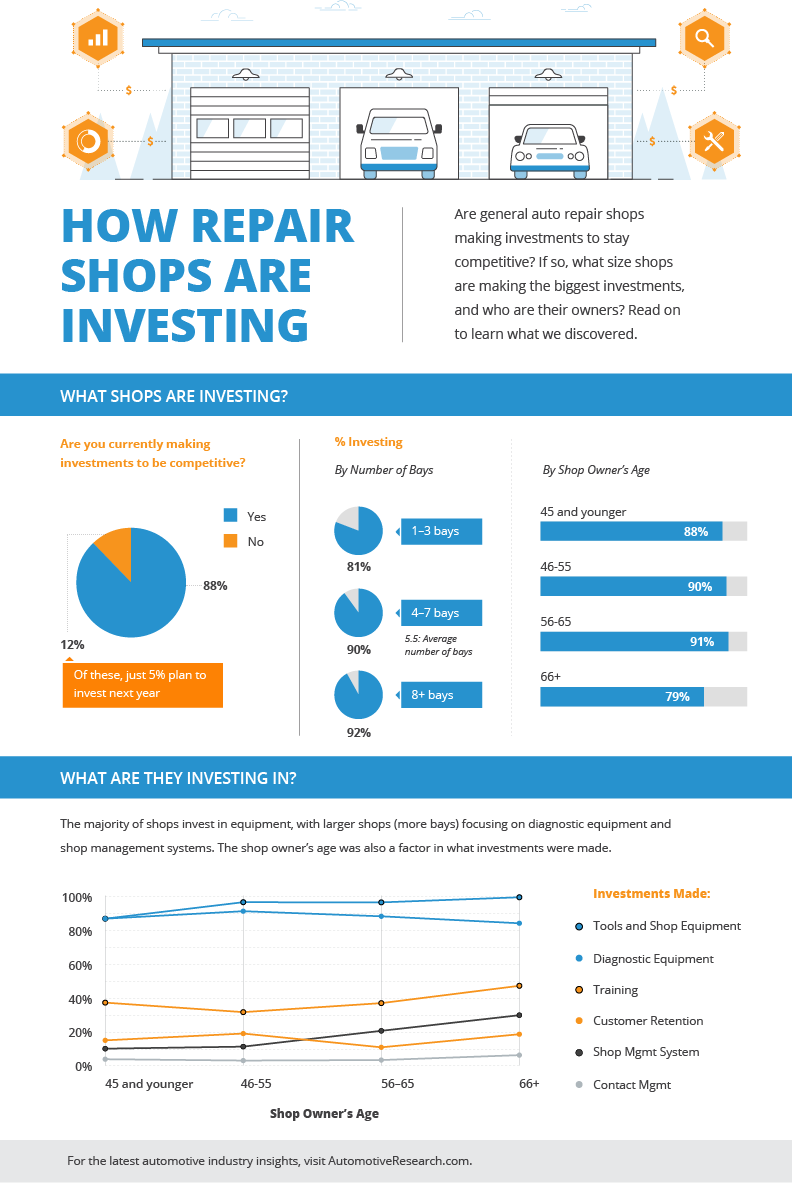Assessing Your Auto'S Caution Indicators: What They Actually Share
Assessing Your Auto'S Caution Indicators: What They Actually Share
Blog Article
Written By-Boye Shepherd
When you lag the wheel, those beautiful caution lights on your dashboard can be a bit bewildering. Do you recognize what they're trying to inform you about your car's wellness? Comprehending the importance of these lights is essential for your safety and the durability of your car. So, the following time one of those lights turns up, wouldn't you want to analyze its message properly and take the necessary actions to resolve it?
Common Warning Lights and Interpretations
Identify common caution lights in your auto and recognize their meanings to ensure secure driving.
The most typical caution lights include the check engine light, which indicates problems with the engine or exhausts system. If Read the Full Write-up begins, it's important to have your lorry examined without delay.
The oil pressure cautioning light suggests low oil stress, requiring immediate focus to prevent engine damage.
A blinking battery light may suggest a damaged charging system, possibly leaving you stranded otherwise addressed.
The tire pressure surveillance system (TPMS) light notifies you to low tire pressure, impacting lorry stability and gas efficiency. Ignoring this could result in risky driving conditions.
The ABS light shows an issue with the anti-lock stopping system, endangering your capability to stop promptly in emergency situations.
Finally, the coolant temperature level cautioning light warns of engine getting too hot, which can cause extreme damage if not solved promptly.
Recognizing these usual caution lights will help you attend to issues without delay and keep secure driving problems.
Relevance of Prompt Interest
Recognizing the common caution lights in your auto is just the first step; the relevance of without delay attending to these cautions can not be stressed enough to guarantee your safety and security on the road.
When a warning light brightens on your control panel, it's your automobile's way of interacting a prospective concern that requires interest. Neglecting these warnings can bring about extra severe problems later on, endangering your safety and security and potentially costing you a lot more out of commission.
Motivate interest to warning lights can protect against malfunctions and mishaps. For example, a blinking check engine light might indicate a misfire that, if left ignored, might create damage to the catalytic converter. Resolving this promptly can save you from a costly fixing.
In a similar way, a brake system cautioning light could indicate low brake liquid or worn brake pads, vital components for your security when driving.
DIY Troubleshooting Tips
If you discover a caution light on your control panel, there are a couple of DIY fixing ideas you can attempt before looking for professional assistance.
The very first step is to consult your car's manual to comprehend what the specific warning light indicates. Occasionally the problem can be as easy as a loose gas cap triggering the check engine light. Tightening mouse click the up coming web site might solve the issue.
Another usual issue is a reduced battery, which can cause various warning lights. Checking the battery connections for corrosion and ensuring they're safe may fix the problem.
If a warning light persists, you can try resetting it by separating the cars and truck's battery for a few mins and afterwards reconnecting it. In addition, examining your vehicle's fluid degrees, such as oil, coolant, and brake liquid, can help repair cautioning lights related to these systems.
Final thought
In conclusion, understanding your cars and truck's warning lights is vital for maintaining your automobile running efficiently and securely. By without delay attending to these informs and recognizing what they suggest, you can avoid expensive fixings and prospective breakdowns.
Bear in mind to consult your car's manual for specific details on each cautioning light and take action as necessary to ensure a trouble-free driving experience.
Stay notified, stay safe when driving!
